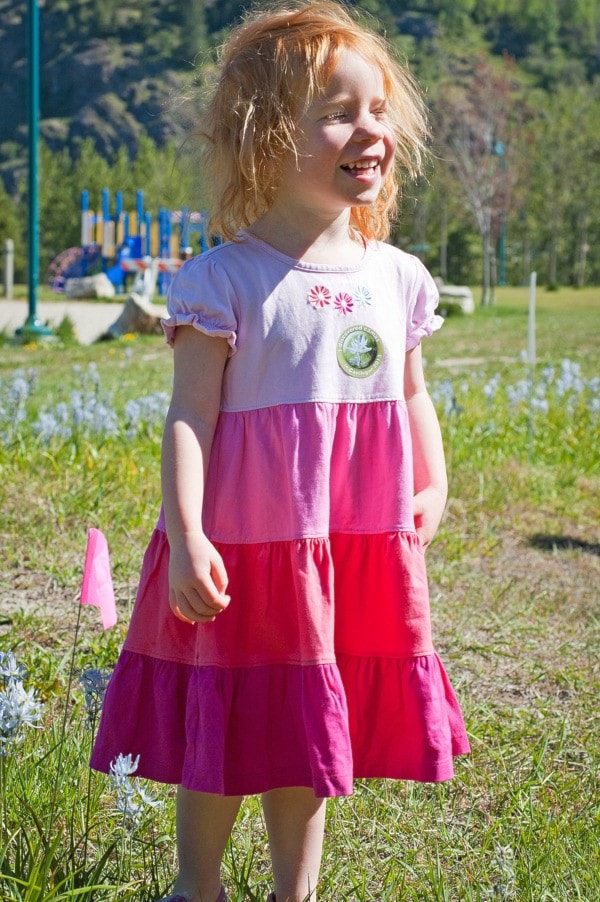About a dozen people of all ages joined organizers of the Kootenay Native Plant Society to help map the location of camas lilies in Twin Rivers Park on Sunday, May 5.
As a native plant, it may be easy for locals to overlook the camas lily as just another pretty flower, but as Dr. Brenda Beckwith explained in her opening remarks, it's a special plant species.
Beckwith did her PhD. thesis on the lily and explained that it was an important plant for both food and trade for First Nations in the Columbia Basin.
"This was a staple in the diets of First Nations," said Beckwith.
A pamphlet provided by the Kootenay Native Plant Society states the camas is considered a "cultural keystone" species throughout the Pacific Northwest.
Beckwith said the plant is loaded with carbohydrates and was the potato of its day.
In many cases, special tools — as well as knowledge of nurturing and harvesting the plant — were passed down from generation to generation.
Camas lilies are as easy to transplant and care for as garlic or tulips but are in danger of disappearing due to habitat loss, invasive species, forest in-growth and loss of natural flooding.
The plant only blooms for about three weeks.
To learn more, visit the Kootenay Camas Project website at www.kootenaynativeplants.ca/camas .
